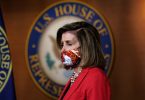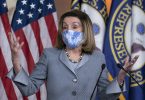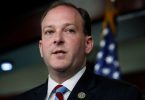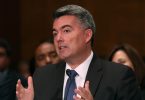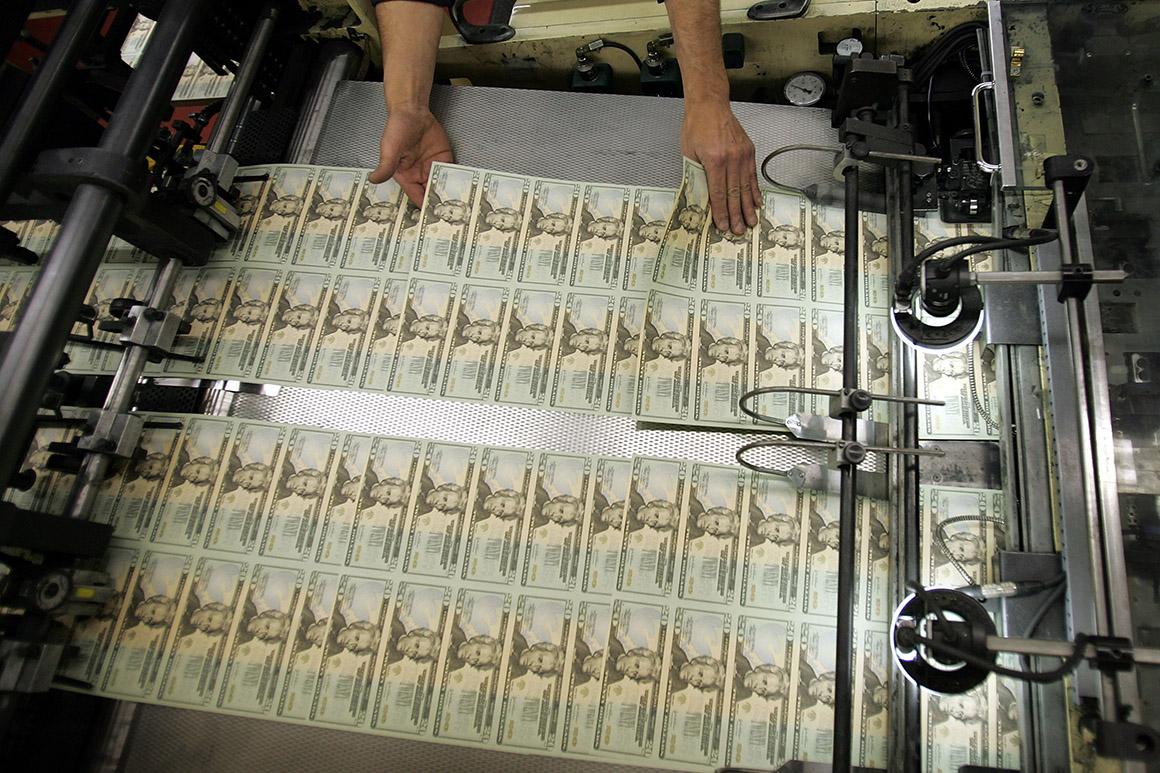
Former White House adviser Anthony Scaramucci, who has broken with the administration, suggested the current package was far too small. He’s calling for more than $3 trillion.
“This is literally like a combo of 9/11, the global financial crisis and an invasion of every nation’s homeland,” he said Thursday on CNN. “$1 trillion is six weeks’ worth of firepower. We need six months’ worth of firepower.”
The reason so many want to see bigger numbers is mostly just simple math.
“$1.2 trillion in pure terms is going to cover about two to three weeks of economic activity,” said Torsten Slok, chief international economist at Deutsche Bank Securities.
“So if this were going to last just that long, $1 trillion might be enough. But really it’s only a down payment.”
Slok added that “we need to flatten both the virus curve and the recession curve. So this would be a good start. But if the virus persists we may need far more stimulus.”
Concern among those who say the current package is too small is driven mainly by fear that mass layoffs and business closings are already happening but have yet to show up in national economic data.
That means if and when the virus crisis abates and Americans are able to go back to their regular lives, many will have no jobs and no income. And the rapid economic snap-back the White House is promising will be impossible to achieve.
Most Americans work for the kind of small and mid-size employers that are most at risk of failing before they receive any federal assistance. “We don’t have time here. We need the business sector to be there when we need them again in June or July or heaven forbid September,” said Shepherdson. “So I’d like to see a package where businesses can just keep people on and pay them for two months even if they don’t do anything so they are still there when this is over.”
White House officials continue to say that while the second quarter of this year will be bad, economic activity will quickly revive. President Donald Trump on Thursday said he thought the economy could emerge “stronger than ever before.”
Treasury Secretary Steven Mnuchin also promised a quick recovery in an appearance on Fox Business Network, forecasting a “gigantic fourth quarter” as Americans release “pent-up demand” and return to “a normal world.”
But economists are increasingly worried the recovery could be much slower following mass layoffs and a wave of bankruptcies expected from small businesses like restaurants and bars that cannot survive the current lockdown of the American public.
Wall Street is counting on Washington to quickly pass the next rescue package, warning that failure would cause massive sell-offs across financial markets. But some are also warning that Washington will have to come back and inject more money into the economy to avoid a long and deep recession.
“How do you go to some people and say, ‘Sorry it’s a pandemic, tough luck,’” said Steve Massocca, managing director at Wedbush Securities. “It’s almost like you have to bail out everyone. You can’t pick out winners and losers. Because this is nobody’s fault. That’s where that $1.2 trillion gets in trouble in my mind, because there is more damage than that out there.”
The current figures being discussed, including proposals of around $1.2 trillion, are not without their defenders as at least a first step in trying to avoid a total economic collapse.
“I do think the spread will be less bad because of what we’ve all done in the last week and the recovery a bit faster because of what is in process,” said Jason Furman, former top economic adviser to President Barack Obama. “Over the last week I have not upgraded my assessment of the virus — I expected it to spread and be devastating. But I have upgraded my assessment of the government’s response. And that makes me feel just a little bit better about all of it.”
But many analysts believe the current stimulus figure is based on an unrealistic assumption that normal life will resume in a matter of weeks when it actually may take months to flatten the virus curve and develop treatments and then even longer for a vaccine.
“My rule of thumb with a stimulus package is you don’t match the economic damage. That’s not enough,” said Jim Caron of Morgan Stanley Investment Management. “You need to do something on the order of twice that. So something like $1.5 trillion to $2 trillion could be the right number.”
But more than the raw number, Caron said any stimulus package must immediately address the needs of small and midsize businesses that are seeing their revenues vanish — in some cases to zero. “Small and midsize businesses create 65 percent of employment. And consumption is 70 percent of the economy,” he said. “You’ve got to make sure those businesses are still there and people have jobs to go back to. And that means loans and other facilities that make money available to keep these businesses afloat. And that’s at least being discussed and that’s critical.”
Defenders of the current plan note that the stimulus being considered by Congress is not the only firepower being deployed. The U.S. Federal Reserve has slashed interest rates to essentially zero and opened up programs last deployed during the 2008 financial crisis to shore up financial markets and make loans more available to credit-worthy businesses.
Still, some public policy groups say even with the Fed’s actions, Congress should err on the side of doing much more than it’s currently considering.
“Given the sharp rise in unemployment we will likely see in coming weeks, there is an enormous risk that our fiscal policy response will be too small to cushion the blow to individuals and families or to significantly affect the downward trajectory of the economy,” the Center on Budget and Policy Priorities said in a report. “The risk of an inadequate response — resulting in significant hardship to families that can’t make ends meet and a considerably deeper and longer recession — vastly exceeds the risk of doing ‘too much.’”
Source: politico.com
See more here: news365.stream



